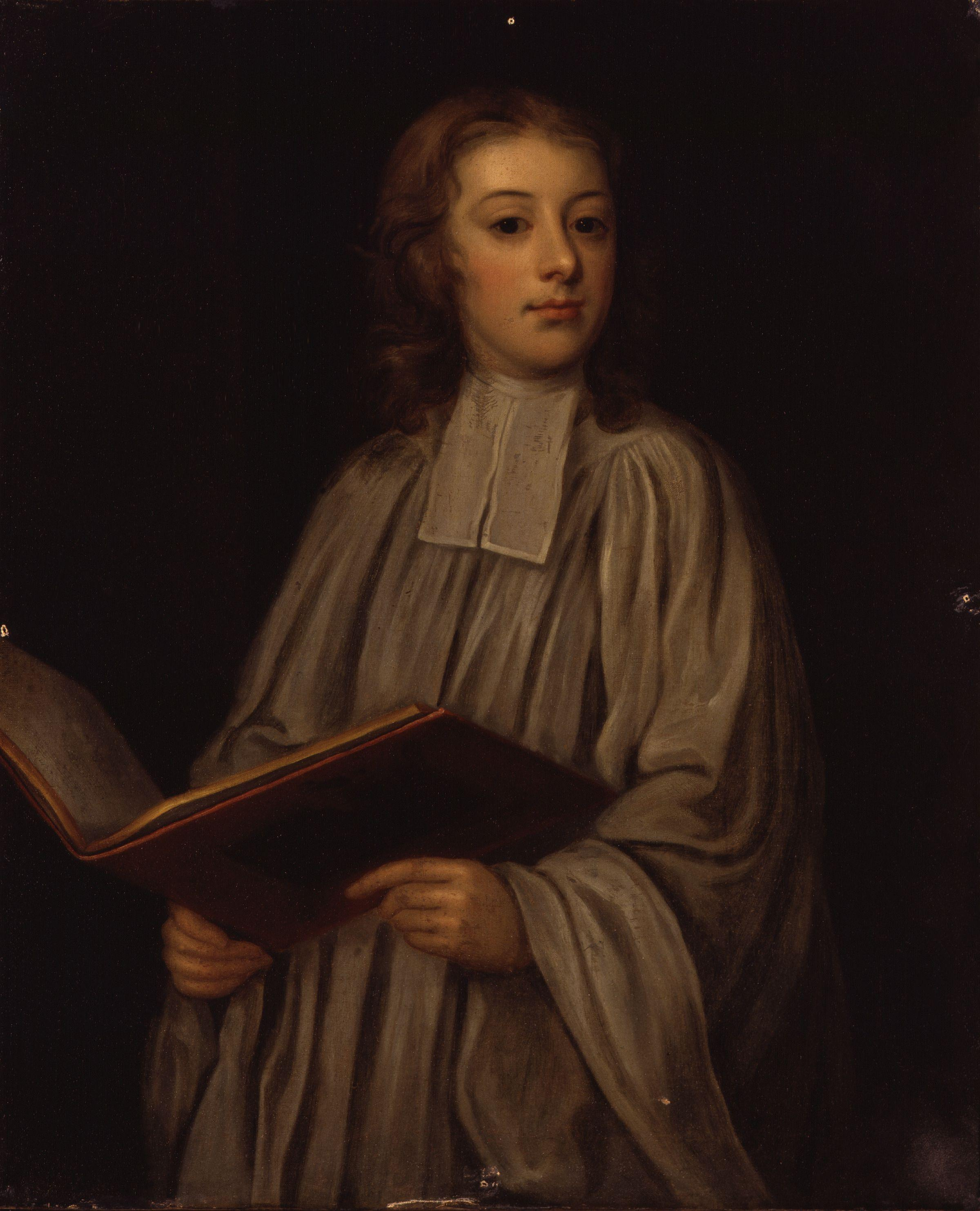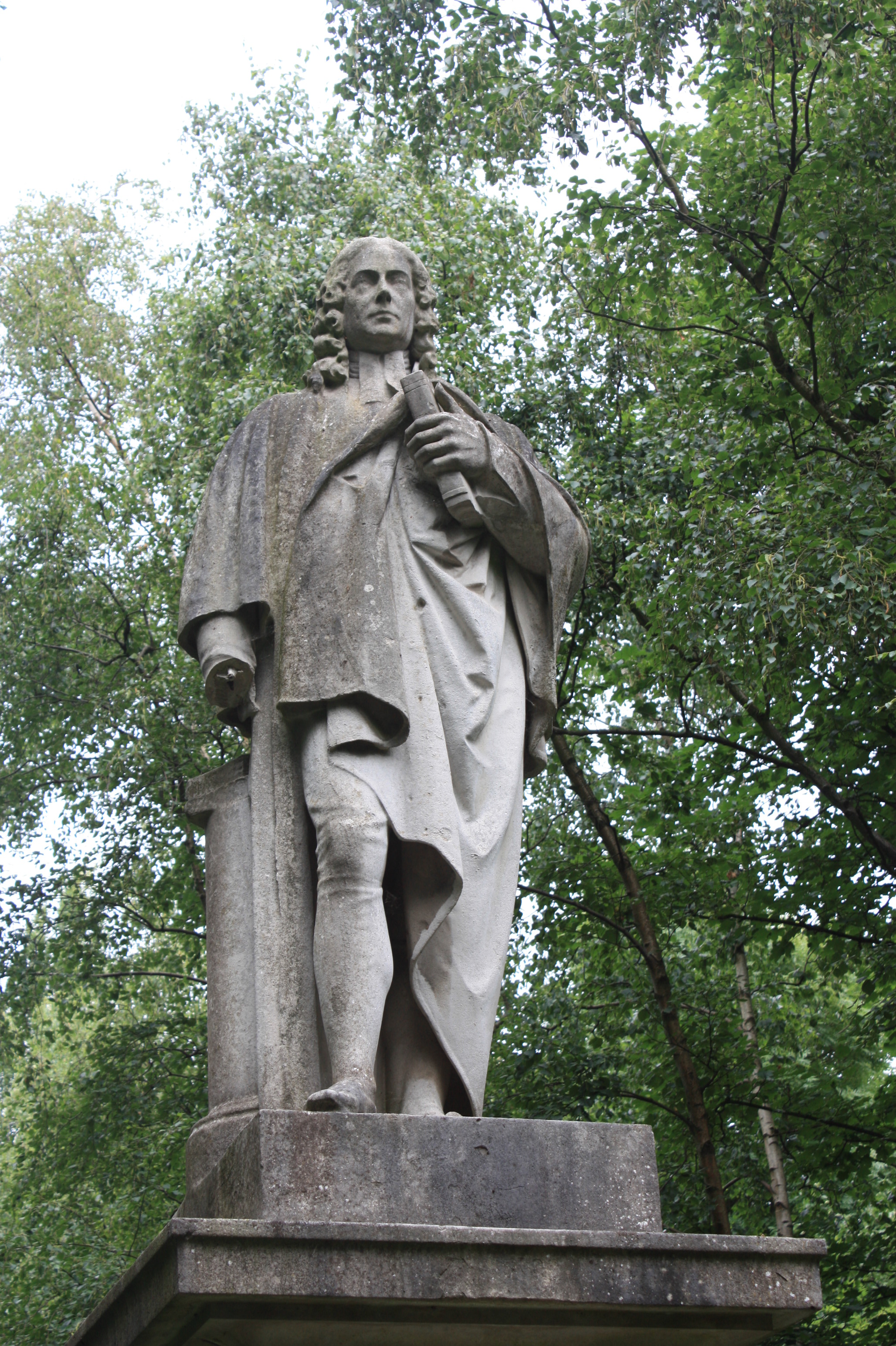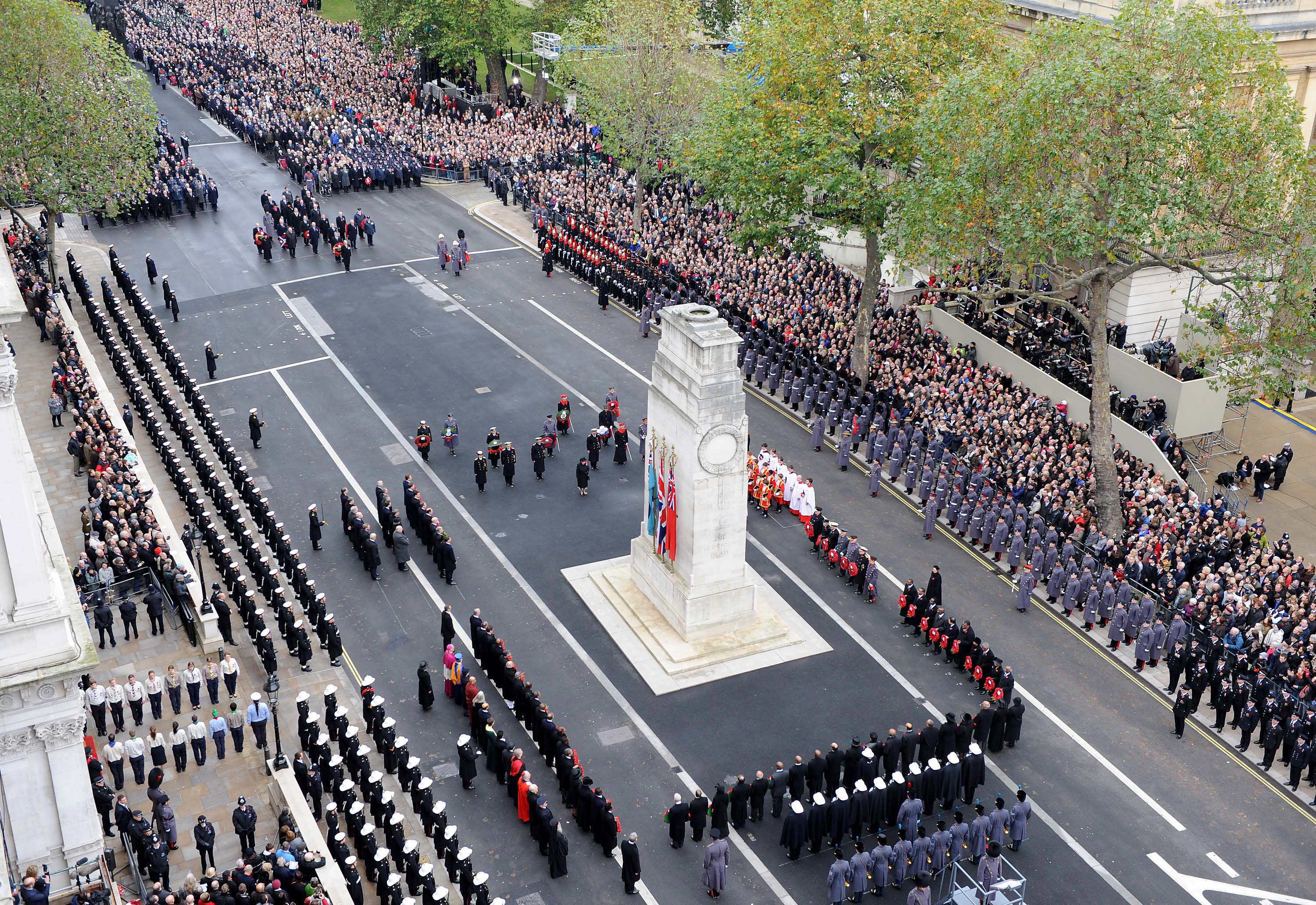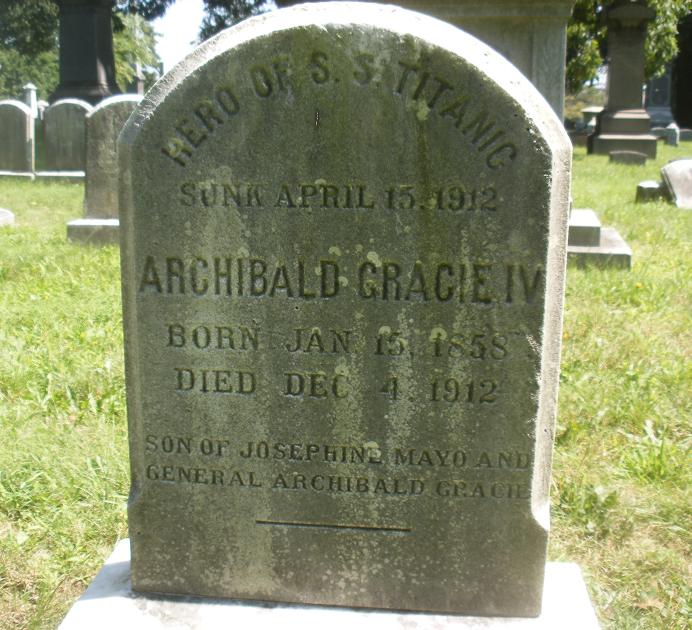|
Our God, Our Help In Ages Past
"Our God, Our Help in Ages Past" is a hymn by Isaac Watts in 1708 that paraphrases the 90th Psalm of the Book of Psalms. It originally consisted of nine stanzas; however, in present usage the fourth, sixth, and eighth stanzas are commonly omitted to leave a total of six (Methodist books also include the original sixth stanza to leave a total of seven). In 1738, John Wesley in his hymnal, ''Psalms and Hymns'', changed the first line of the text from "Our God" to "O God". Both Watts' original text and Wesley's rewording remain in current use. History The hymn was originally part of ''The Psalms of David Imitated in the Language of the New Testament'', published by Watts in 1719. In this book he paraphrased in Christian verse the entire psalter with the exception of twelve Psalms which he felt were unsuited for Christian usage. The hymn is often sung as part of the remembrance day service in Canada and on similar occasions in the United Kingdom, including at the annual Remembran ... [...More Info...] [...Related Items...] OR: [Wikipedia] [Google] [Baidu] |
Isaac Watts
Isaac Watts (17 July 1674 – 25 November 1748) was an English Congregational minister, hymn writer, theologian, and logician. He was a prolific and popular hymn writer and is credited with some 750 hymns. His works include "When I Survey the Wondrous Cross", "Joy to the World", and "Our God, Our Help in Ages Past". He is recognized as the "Godfather of English Hymnody"; many of his hymns remain in use today and have been translated into numerous languages. Life Watts was born in Southampton, Hampshire, England, in 1674 and was brought up in the home of a committed religious nonconformist; his father, also Isaac Watts, had been incarcerated twice for his views. Watts had a classical education at King Edward VI School, Southampton, learning Latin, Greek, and Hebrew. Watts displayed a propensity for rhyme from an early age. He was once asked why he had his eyes open during prayers, to which he responded: He received corporal punishment for this, to which he cried: Watts co ... [...More Info...] [...Related Items...] OR: [Wikipedia] [Google] [Baidu] |
George Handel
George Frideric (or Frederick) Handel (; baptised , ; 23 February 1685 – 14 April 1759) was a German-British Baroque composer well known for his operas, oratorios, anthems, concerti grossi, and organ concertos. Handel received his training in Halle and worked as a composer in Hamburg and Italy before settling in London in 1712, where he spent the bulk of his career and became a naturalised British subject in 1727. He was strongly influenced both by the middle-German polyphonic choral tradition and by composers of the Italian Baroque. In turn, Handel's music forms one of the peaks of the "high baroque" style, bringing Italian opera to its highest development, creating the genres of English oratorio and organ concerto, and introducing a new style into English church music. He is consistently recognized as one of the greatest composers of his age. Handel started three commercial opera companies to supply the English nobility with Italian opera. In 1737, he had a physical break ... [...More Info...] [...Related Items...] OR: [Wikipedia] [Google] [Baidu] |
National Service Of Remembrance
The National Service of Remembrance is held every year on Remembrance Sunday at the Cenotaph on Whitehall, London. It commemorates "the contribution of British and Commonwealth military and civilian servicemen and women in the two World Wars and later conflicts". The service has its origins in the 1920s and has changed little in format since. To open the ceremony, a selection of national airs and solemn music representing each of the nations of the United Kingdom are played by massed bands and pipes. A short religious service is held with a two-minute silence commencing when Big Ben chimes at 11 am. Following this, wreaths are laid by the King and members of the royal family, senior politicians representing their respective political parties and High commissioners from the Commonwealth of Nations. After a short religious service, a march-past of hundreds of veterans processes past the Cenotaph. It is held on the second Sunday in November, the Sunday nearest to 11 November, ... [...More Info...] [...Related Items...] OR: [Wikipedia] [Google] [Baidu] |
Titanic
RMS ''Titanic'' was a British passenger liner, operated by the White Star Line, which sank in the North Atlantic Ocean on 15 April 1912 after striking an iceberg during her maiden voyage from Southampton, England, to New York City, United States. Of the estimated 2,224 passengers and crew aboard, more than 1,500 died, making it the deadliest sinking of a single ship up to that time. It remains the deadliest peacetime sinking of a superliner or cruise ship. The disaster drew public attention, provided foundational material for the disaster film genre, and has inspired many artistic works. RMS ''Titanic'' was the largest ship afloat at the time she entered service and the second of three s operated by the White Star Line. She was built by the Harland and Wolff shipyard in Belfast. Thomas Andrews, the chief naval architect of the shipyard, died in the disaster. ''Titanic'' was under the command of Captain Edward Smith, who went down with the ship. The ocean liner carrie ... [...More Info...] [...Related Items...] OR: [Wikipedia] [Google] [Baidu] |
Edward Smith (sea Captain)
Edward John Smith (27 January 1850 – 15 April 1912) was a British naval officer. He served as master of numerous White Star Line vessels. He was the captain of the , and perished when the ship sank on her maiden voyage. Raised in a working class environment, he left school early to join the merchant navy and the Royal Naval Reserve. After earning his master's ticket, he entered the service of the White Star Line, a prestigious British company. He quickly rose through the ranks and graduated in 1887. His first command was . He served as commanding officer of numerous White Star Line vessels,birth/death dates and parents at the International Genealogical Inde ... [...More Info...] [...Related Items...] OR: [Wikipedia] [Google] [Baidu] |
Archibald Gracie IV
Archibald Gracie IV (January 15, 1858 – December 4, 1912) was an American writer, soldier, amateur historian, real estate investor, and survivor of the sinking of RMS ''Titanic''. Gracie survived the sinking by climbing aboard an overturned collapsible lifeboat and wrote a popular book about the disaster, which is still in print today. He never recovered from his ordeal and died less than eight months after the sinking, becoming the first adult survivor to die. Early life Archibald Gracie was born in Mobile, Alabama, a member of the wealthy Scottish-American Gracie family of New York City. He was a namesake and direct descendant of Archibald Gracie, who had built Gracie Mansion, the current official residence of the mayor of New York City, in 1799. His father, Archibald Gracie III, had been an officer with the Confederate States Army during the American Civil War; in 1862, he was promoted to brigadier general. In 1863, the elder Gracie served at the Battle of Chickamauga; he ... [...More Info...] [...Related Items...] OR: [Wikipedia] [Google] [Baidu] |
The New English Hymnal
''The New English Hymnal'' is a hymn book and liturgical source aimed towards the Church of England. First published in 1986, it is a successor to, and published in the same style as, the 1906 ''English Hymnal''. It is published today by SCM Canterbury Press, an imprint of Hymns Ancient and Modern Ltd. Origin ''The New English Hymnal'' inherits much music from the original 1906 ''English Hymnal'', its 1933 revision, and the 1975 supplement ''English Praise'', although a few hymns are re-written or dropped in favor of newly added hymns. The words of several hymns have been altered slightly, although it nonetheless enjoys continuing favour in a considerable number of cathedrals and collegiate chapels worldwide and it is a significant publication in Anglican church music. Its extensive provision of hymns for saints' days and mid-week religious festivals has proved popular with those schools still maintaining hymn-singing in daily acts of worship. The copyright is held by The En ... [...More Info...] [...Related Items...] OR: [Wikipedia] [Google] [Baidu] |
Colin Smith (religious And Hymnodist)
Colin Smith may refer to: *Colin Smith (athlete) (born 1935), British javelin thrower *Colin Smith (Australian rower), Australian lightweight rower *Colin Smith (British rower) (born 1983), British rower * Colin Smith (Buckinghamshire cricketer), English cricketer * Colin Smith (religious and hymnodist) (1928-2005), Australian Christian Brother and hymnodist *Colin Smith (ice hockey) (born 1993), Canadian ice hockey player * Colin Smith (journalist) (born 1944), English journalist and author *Colin Smith (musician) (1934–2004), English trumpeter *Colin Smith (sailor) (1928-2008), Hong Kong Olympic sailor * Colin Smith (Scottish cricketer) (born 1972), Scottish cricketer *Colin Smith (Scottish footballer) (born 1951), Scottish footballer *Colin Smith, lead singer of rock band Mrnorth *Colin Milner Smith (1936–2020), English cricketer and judge * Colin P. Smith, Executive Director at Rolls-Royce Holdings plc * Colin S. Smith (born 1958), American pastor *Colin Stansfield Smith (19 ... [...More Info...] [...Related Items...] OR: [Wikipedia] [Google] [Baidu] |
Book Of Common Prayer
The ''Book of Common Prayer'' (BCP) is the name given to a number of related prayer books used in the Anglican Communion and by other Christian churches historically related to Anglicanism. The original book, published in 1549 in the reign of King Edward VI of England, was a product of the English Reformation following the break with Rome. The work of 1549 was the first prayer book to include the complete forms of service for daily and Sunday worship in English. It contained Morning Prayer, Evening Prayer, the Litany, and Holy Communion and also the occasional services in full: the orders for Baptism, Confirmation, Marriage, " prayers to be said with the sick", and a funeral service. It also set out in full the "propers" (that is the parts of the service which varied week by week or, at times, daily throughout the Church's Year): the introits, collects, and epistle and gospel readings for the Sunday service of Holy Communion. Old Testament and New Testament readings ... [...More Info...] [...Related Items...] OR: [Wikipedia] [Google] [Baidu] |
Vaughan Williams
Ralph Vaughan Williams, (; 12 October 1872– 26 August 1958) was an English composer. His works include operas, ballets, chamber music, secular and religious vocal pieces and orchestral compositions including nine symphonies, written over sixty years. Strongly influenced by Tudor music and English folk-song, his output marked a decisive break in British music from its German-dominated style of the 19th century. Vaughan Williams was born to a well-to-do family with strong moral views and a progressive social life. Throughout his life he sought to be of service to his fellow citizens, and believed in making music as available as possible to everybody. He wrote many works for amateur and student performance. He was musically a late developer, not finding his true voice until his late thirties; his studies in 1907–1908 with the French composer Maurice Ravel helped him clarify the textures of his music and free it from Teutonic influences. Vaughan Williams is among the best ... [...More Info...] [...Related Items...] OR: [Wikipedia] [Google] [Baidu] |
Carl Ruggles
Carl Ruggles (born Charles Sprague Ruggles; March 11, 1876 – October 24, 1971) was an American composer, painter and teacher. His pieces employed " dissonant counterpoint", a term coined by fellow composer and musicologist Charles Seeger to describe Ruggles' music. His method of atonal counterpoint was based on a non- serial technique of avoiding repeating a pitch class until a generally fixed number of eight pitch classes intervened. He is considered a founder of the ultramodernist movement of American composers that included Henry Cowell and Ruth Crawford Seeger, among others. He had no formal musical education, yet was an extreme perfectionist — writing music at a painstakingly slow rate and leaving behind a very small output. Famous for his prickly personality, Ruggles was nonetheless close friends with Cowell, Seeger, Edgard Varèse, Charles Ives, and the painter Thomas Hart Benton. His students include the experimental composers James Tenney and Merton Brown. Condu ... [...More Info...] [...Related Items...] OR: [Wikipedia] [Google] [Baidu] |
Festival Te Deum
The Festival Te Deum is the popular name for an 1872 composition by Arthur Sullivan, written to celebrate the recovery of Albert Edward, Prince of Wales (later King Edward VII of the United Kingdom) from typhoid fever. The prince's father, Prince Albert, had died of typhoid fever in 1861, and so the prince's recovery was especial cause for celebration. The Festival Te Deum was first performed on 1 May 1872 at The Crystal Palace in a special "Thanksgiving Day" concert organised by the Prince's brother, Alfred, Duke of Edinburgh, who was a friend of Sullivan's and commissioned the piece. Sullivan was allowed to dedicate the work to the prince's mother, Queen Victoria: an unusual honour.Jacobs, p. 75 The soloist was Therese Titiens, who had been the soprano soloist in Sullivan's earlier '' The Prodigal Son''. Description The libretto uses an English translation of the traditional Te Deum, in praise of God, with the addition of a "''Domine salvum fac''" ("O Lord, save the Q ... [...More Info...] [...Related Items...] OR: [Wikipedia] [Google] [Baidu] |








